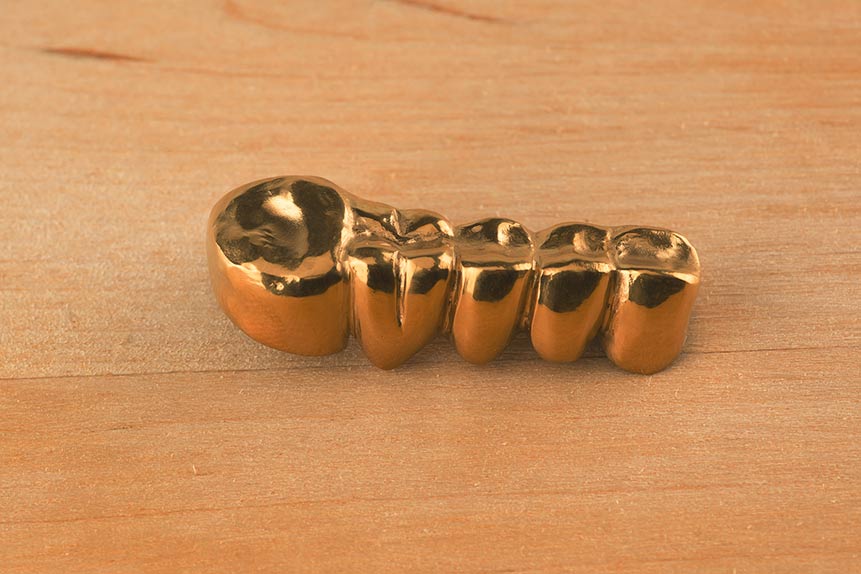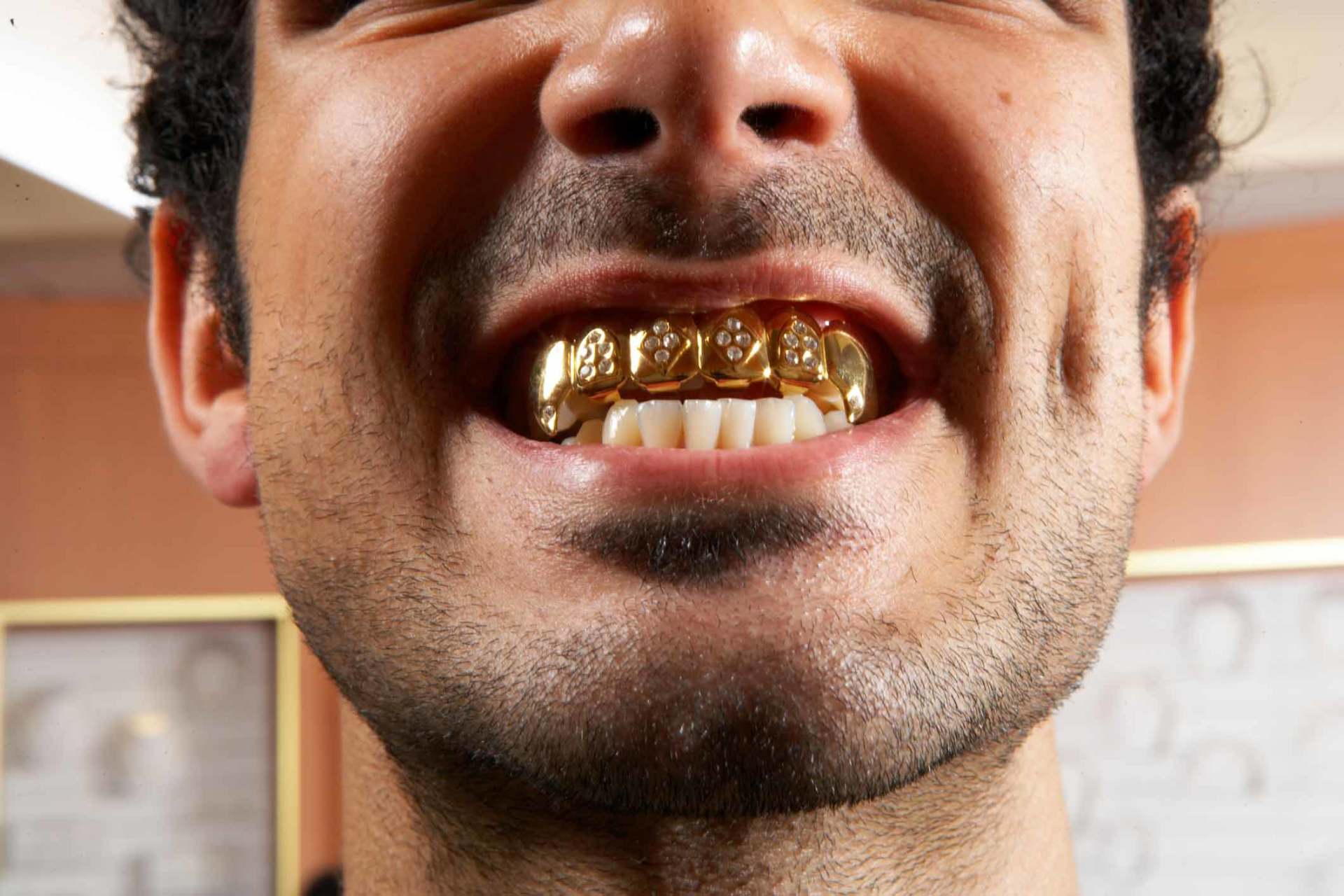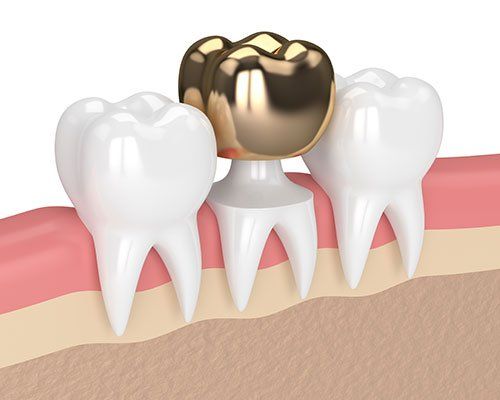Waiting fora Gold Crown: What Temporary Coverage Will You Need?
- By Admin
- •
- 06 Nov, 2018
- •

Gold is one of the best materials for restorative dental options, such as crowns. Gold crowns are great for people who suffer from metal allergies. They are impermeable and corrosion-resistant, and they can withstand biting forces nearly as well as enamel.
Before you get your gold crown, you'll need to wait for some time while dental technicians make the crown in the laboratory based on your bite registration and impressions.
Although you may be eager to get your crown right away, your dentist first needs to make sure the crown is a perfect fit. In the meantime, your dentist will fit you with a temporary, or provisional, tooth. Temporary coverage is important, as your prepared enamel may have some exposed dentin that needs to be protected from pressure, infection, and high and low temperatures.
The following are some temporary materials to consider while you wait for your gold crown.
Intermediate Restorative Materials (IRM)
IRMs are made up of zinc oxide-eugenol. Eugenol is derived from clove oil, which is known to have antiinflammatory and antiseptic properties. So if you are an individual who has trouble healing - for example, if you have diabetes - this restorative material can be very beneficial.
Because they can shield the site from extreme temperatures, IRMS can also help reduce issues from naturally sensitive teeth or gums and exposed dentin.
If you are getting a gold crown with gold inlays or onlays, IRMs are also a good choice. Gold inlays and onlays are similar to regular fillings, but while regular fillings can be made in a dental office, inlays and onlays have to be made in a lab like a crown.
It can be hard to place temporaries for inlays/onlays, so IRMs are great because they are very malleable and can be sculpted to fit. Your dentist will use an instrument called a condenser to pack the IRM into the prepared area. Once the material is packed in, your dentist will use a carver, an instrument that can be used to contour and remove extra material.
Acrylic Temporaries
Some temporaries are more difficult to place than others. Acrylic is a very common dental material, and it's easier to place than other temporaries. If you've had issues with restorations in the past, you and your dentist may decide to go this route. This temporary also works well when you need a temporary for multiple teeth or anterior teeth.
Instead of placing a filler material or placing a temporary crown, your dentist will load the acrylic into a custom tray or alginate impression. He or she will then slip the tray over your teeth like a mouth guard and have you bite down until the temporary hardens. Once the temporary sets, the dentist will remove the tray and smooth any rough edges with a bur.
Preformed Crowns
As the name suggests, preformed crowns look very similar to permanent crowns. Preformed crowns can be made from polymers or polycarbonates. These crowns are manufactured in all sorts of sizes, so your dentist will try to find one that is a close fit. It won't fit snuggly like a final crown, but preformed crowns are fantastic temporaries for both front and back teeth. Once your dentist selects a temporary, he or she will place it over your tooth and cement it.
The great benefit of preformed crowns is their low cost. However, moisture can easily seep up underneath the crown shells if the fit isn't right. If you cannot find a good fit with a preformed crown, it's better to choose a different alternative.
For more information on crown temporaries, contact Gold Teeth Baton Rouge. You will want to consult with us to see which temporary would be best before your gold crown is placed.




